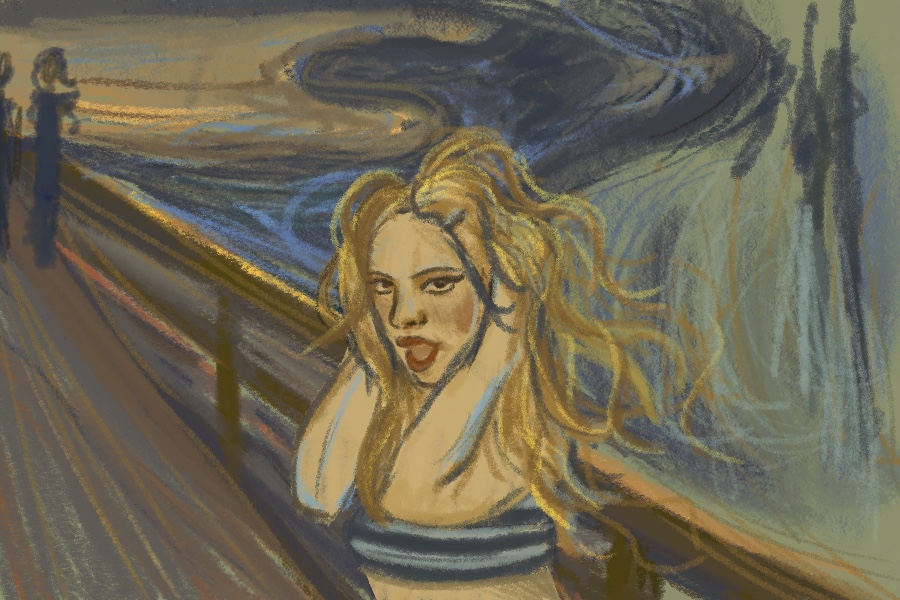Nearly two decades of development hell would defeat most ordinary filmmakers, but Terry Gilliam of Monty Python fame is not deterred so easily. “The Man Who Killed Don Quixote” began filming in 2000, but it didn’t wrap until 2017. It went through innumerable reworks and its production cycle outlasted a number of actors slated to star in each of several versions. “The Man Who Killed Don Quixote” is finally here, but it does not live up to the high expectations set by its 17-year-long production.
Ten years after shooting his thesis — that shares the name of the film — starring Spanish villagers, American big shot Toby Grisoni (Adam Driver) returns to Spain to film a commercial. Upon revisiting the village of Los Sueños, Toby is shocked to find that his leading man, Javier (Jonathan Pryce), still believes he’s the real Don Quixote. Lady Dulcinea, played by young Angelica (Joana Ribeiro) whose head Toby filled with dreams, ran off to Madrid to be a star. Sancho Panza, Quixote’s novice in the original work, is long since dead, and so Don Quixote mistakes Toby for the donkey-mounted squire. Together, they venture through the countryside in service of their lady and the age of chivalry.
“Don Quixote” is a comedy before anything else, and its leads deliver. Toby is perpetually exasperated and delightfully selfish, while Don Quixote’s blissful ignorance makes his unwavering devotion all the more charming. Unfortunately, their surroundings do not play to these strengths. The world of “Don Quixote” is a cruel one. The enemies that the two encounter in the final leg of their journey are cruel, and the constant suffering of the well-intentioned hero sails closer to tragedy than anything else. Toby is allowed time and again to go unpunished. He gets a bit bruised and remains helplessly lost, but his characteristic unkindness is actually his greatest strength in a dog-eat-dog world.
It’s hard to laugh when sadistic violence is alluded to and abject humiliation is portrayed in painstaking detail. The film suffers a tone problem, descending from irreverent absurdity to a trial of horrors, drowning out the fun along the way. Angelica/Lady Dulcinea is objectified due in part to the feudalistic morality of the Don, the brutal real world and Toby’s strange obsession with her, which began when she was 15.
However, “Don Quixote” thrives as an adaptation. The Spanish literary magnum opus is about a truly righteous, outmoded man in an unforgiving, contemporary world. Gilliam effectively captures this story, but the final product floats between comedy and tragedy, dead in the water. Once the third act begins, the film loses all enjoyment.
“The Man Who Killed Don Quixote” is a bumpy ride. There’s a strange propensity for fish-eye shots and copious Dutch angles, indicative of the off-beat tonal shift. Gilliam is perhaps best known for his bizarre paper cutout animation for Monty Python, and “Don Quixote” feels like one of those stretched across two hours.
A version of this article appears in the Monday, April 1, 2019, print edition. Email Fareid El Gafy at [email protected].


























































































































































